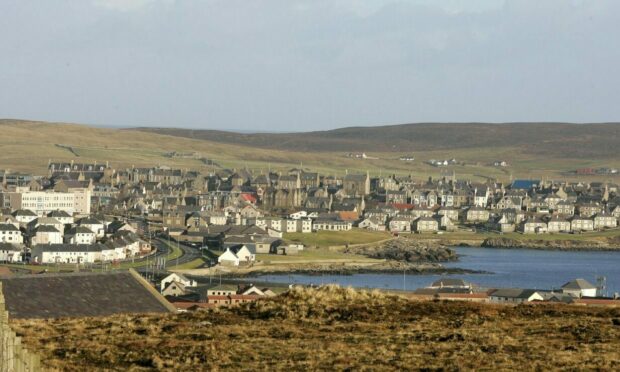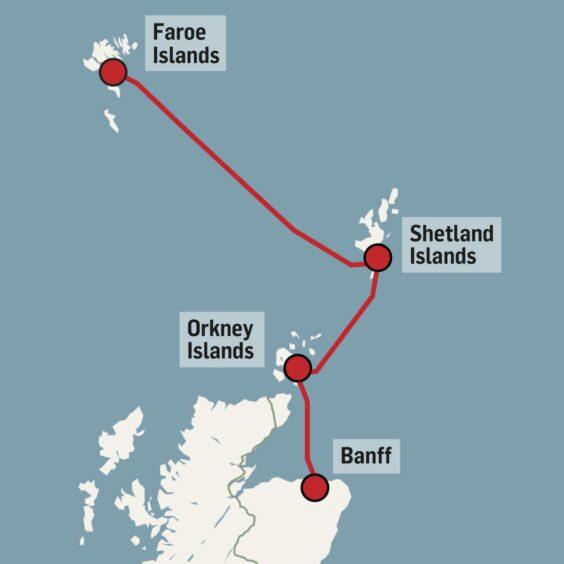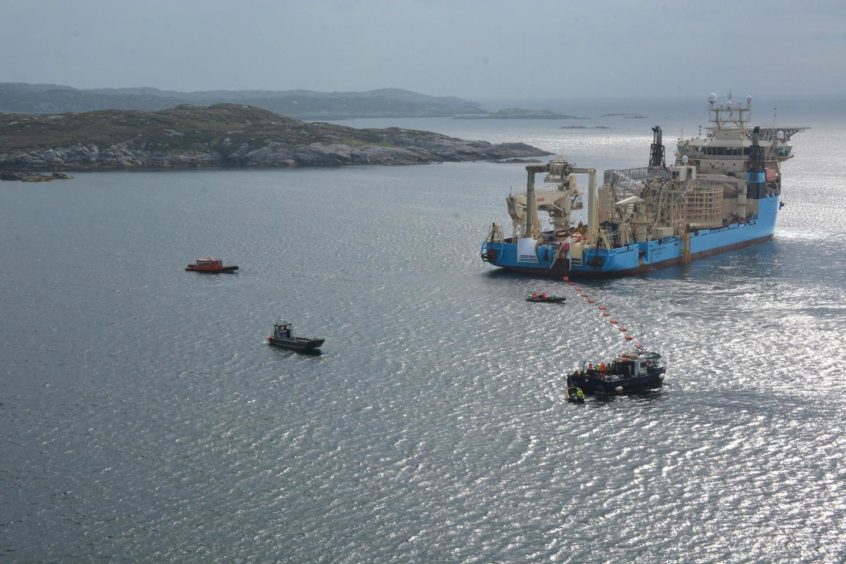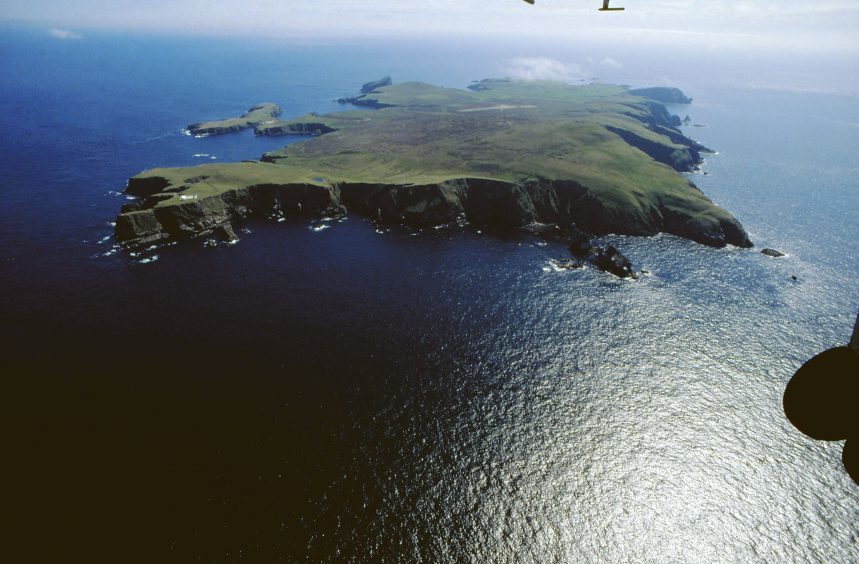Just how reliant northern Scotland is on digital links was put into stark relief only a few months ago when the whole of Shetland was plunged into a broadband and phone black hole.
It led police to declare a “major incident”.
Damaged subsea cables saw the islands completely cut off, with the outage thought to be the result of a fishing vessel’s actions.
Businesses such as restaurants and hotels were unable to access their booking systems.
Cash is king
Their customers had to resort to that trusty staple – old-fashioned cash – as card machines became unusable.
Businesses with phone systems connected to the cloud were unable to make calls.
Much speculation at the time of the outage in October darkly hinted at outside involvement, rather than an innocent fishing boat accidentally cutting a cable.
But so far nothing has been put forward to substantiate any conspiratorial theory – no matter how outlandish it may be.
Shetland islanders were unable to access broadband, landlines or mobile services, although a temporary solution was put in place while Faroese Telecom, which owns the cables, made repairs.
But the incident highlighted how important one key word is when it comes to connectivity – resilience.
Looking back at what happened in Shetland, Neil Watt, principal consultant at technology consultancy FarrPoint, said: “I have been in telecoms for 42 years and never known anything like it.
“The chances of it happening are millions to one. How they operate (the subsea cables) is they come from the Faroes, hit the Shetlands, then go on to Orkney and down.
To have them both cut is absolutely unknown.”
Neil Watt, principal consultant, FarrPoint.
“If one section is cut, they still operate the other way, so you still have connectivity say from (mainland) Scotland up to Shetland.
“To have them both cut within days of each other is absolutely unknown and both were cut by trawlers I believe.
“They are on a map – for everybody who uses the sea there are operational charts available, so they should be aware of them. They (fishing boats) should be aware of all the hazards in their areas before they drop their nets.”
Western Isles’ connections
In the Western Isles there is a similar cable that goes from the Scottish mainland, around Ullapool, over to near Stornoway.
Mr Watts said: “That cable then goes down all the way through the Western Isles, crosses the Sound of Harris, all the way to Benbecula and back to Skye.
“It would be a complete freak if that was then cut between Ullapool and Stornoway, and then a few days later a fishing vessel cut the one between Benbecula and Skye.”
Mr Watt emphasised the importance of back-up systems such as radio links, which were around before subsea cables connecting the islands.
“So there is radio back-up,” he said adding: “This at least allows telephone calls, 999 etc. But internet will definitely suffer (in the event of a subsea cable failure).
“The telecoms operators would step the radio links back in and you will get internet connectivity, although it would be very, very slow.
“You can also have satellite comms now, such as Starlink (broadband technology for remote and rural locations around the world).
“There will be some limited internet connectivity. If both of these links are cut, then there are radio links.
“The telecoms operators would step the radio links back in and you will get internet connectivity, although it would be very slow.”
‘Put more cables under the sea’
A new cable is being put in from Orkney to Shetland via the Fair Isle, which will be connected to the fibre-optic superhighway for the first time.
Mr Watt said: “That will provide additional resilience apart from the Faroese telecom cable.”
Creating that resilience is all about putting more cables in the ground and under the sea to connect islands.
Two cables are usually sufficient for each connection, Mr Watt said, adding: “You could put more in but there is an amazing cost to put subsea cables in.
“When we were first involved in superfast broadband roll-out, we were working with the Scottish Government.
“They certainly knew this was the opportunity to put subsea fibre-optic cables in to support the islands.
“It was a good thing and they are still taking the opportunity to do it on R100 (the government’s Reaching 100% superfast broadband access roll-out programme.”
The scale of the Shetland outage was highlighted by police from across Scotland being mobilised to help the 23,000-strong population, while fire crews and the coastguard were also involved.
Highland and Islands Airports said Sumburgh Airport remained open, despite the loss of all internet and mobile connections, but Shetland Island Council’s website was unavailable.
‘Fundamental vulnerability’ of island infrastructure
The incident rapidly escalated up the political food chain, with Isles MP Alistair Carmichael raising the issue in parliament, while Shetland MSP Beatrice Wishart highlighted the “fundamental vulnerability” of the current island infrastructure.
Meanwhile, this autumn saw the first part of a £660 million, undersea, high voltage cable make landfall on the Scottish mainland from Shetland.
The 162-mile Shetland High Voltage Direct Current link cable will connect the islands to the national grid for the first time when completed in 2024.




Conversation